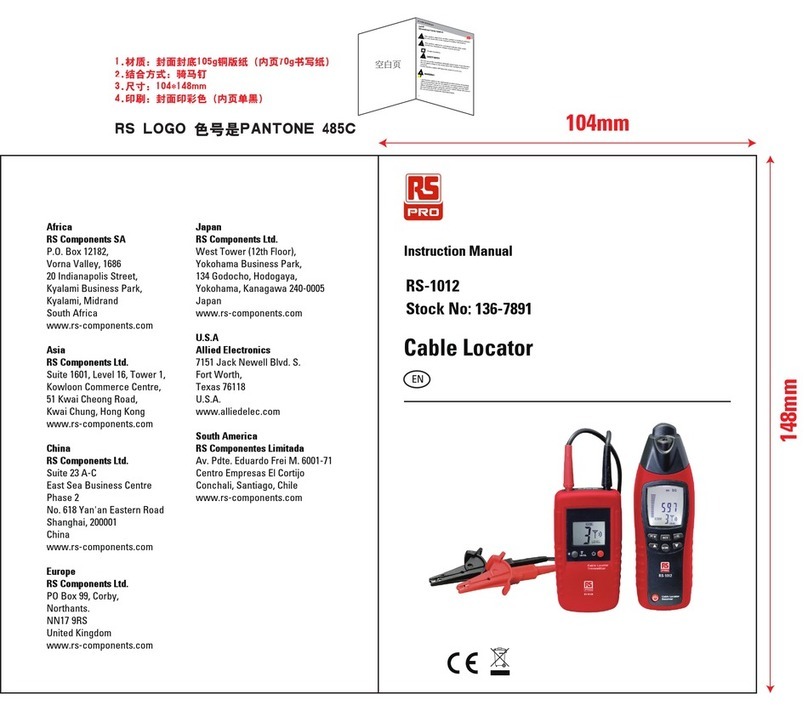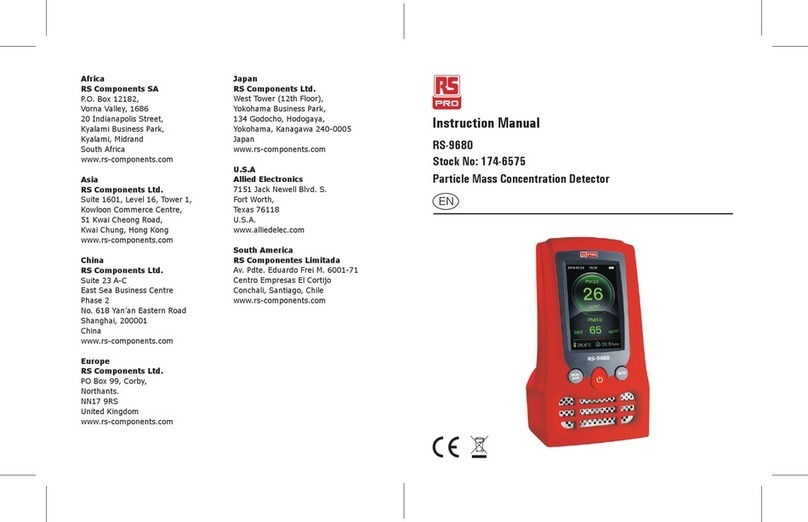
1. THEORY OF ULTRASONIC GAS
Human ear can hear sound frequency up to 18 KHz.
The sound frequency above 20 KHz is categorized as
ultrasonic sound which is not audible.
Ultrasonic sound is very directional in nature. We can
utilize this nature to pinpoint the exact origin of the sound
source where the leak is located.
Physics tells us that the gas always flows from the higher
pressure region to the lower one. When the pressure
difference is only a small opening, the turbulence created
by the gas through the small hole then generates ultrasonic
sound.
When any gas flows through a small opening at a rate
atmospheric ml/sec(milliliter per
second), the gas is then generally viewed in the viscous
flow dominion. As you know, the bigger the pressure
difference across an opening, the faster the velocity. As
the velocity increase, the frequency of the emitted
ultrasonic sound will become higher too. The overall
spectra of the emitted ultrasonic sound is generally called
"white noise".
The velocity and volume of a leaking gas are affected by
the viscosity of the gas. The higher viscosity of the gas, the
velocity is slower and the volume is smaller through an
opening.
ULTRASONIC GAS LEAKAGE DETECTOR is
designed based on above simple physics.
1
































